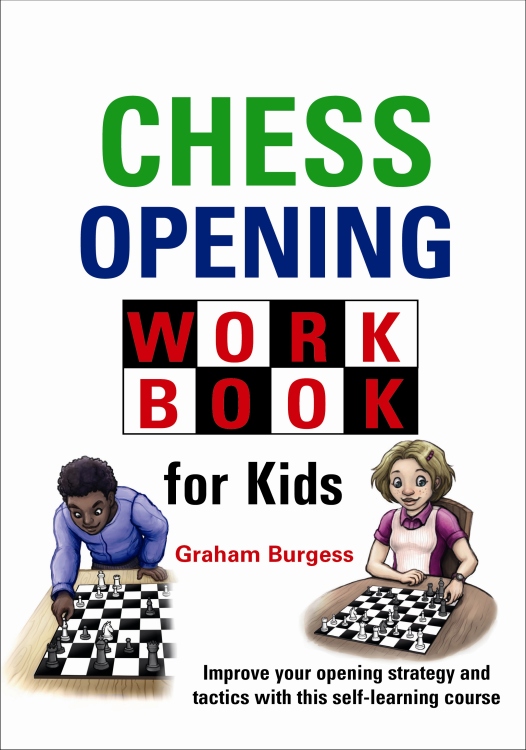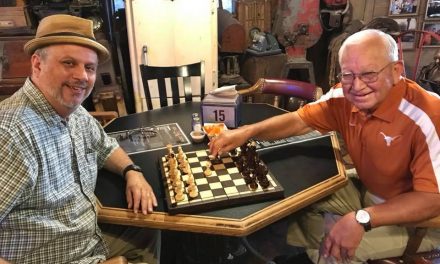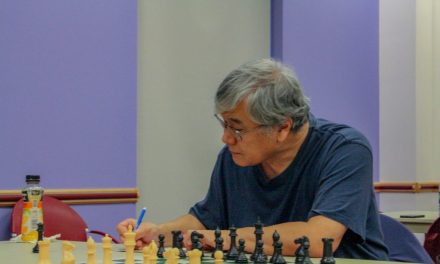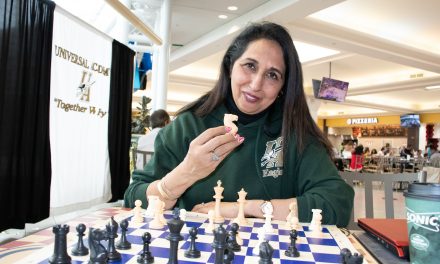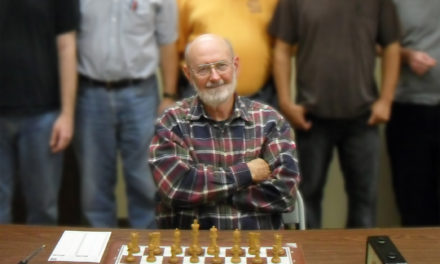The CHESS OPENING WORKBOOK FOR KIDS (Graham Burgess) 128 pages (230 mm by 178 mm), hardback, published by Gambit, has a PDF of its table of contents and 12 of its problems at the Gambit website. As its table of contents makes clear, this book does not teach opening move orders. You are not going to learn the first five to ten moves of any opening. Instead, FIDE Master Burgess presents tactics problems which arise from openings. The only opening that he consistently names is the Cambridge Springs variation of the Queen’s Gambit Declined. Its trap comes up frequently in the problems. Burgess does not give the move order that gets to the following “Cambridge Springs” position, problem #3 in the “Double Attack” chapter. Black is to move.
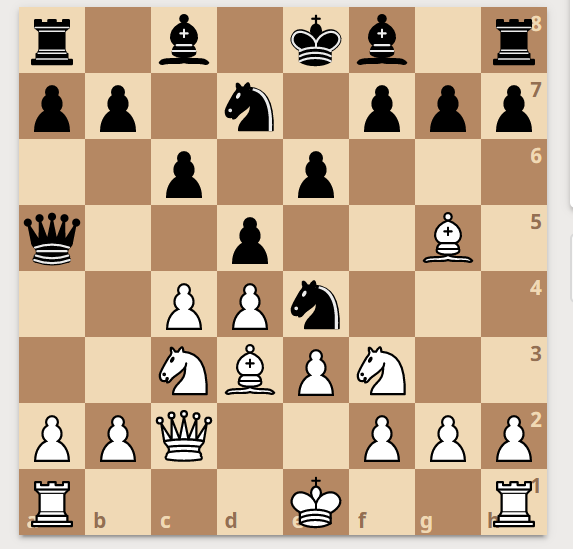
Did you figure out the answer? The position arises on move 8 after White has blundered by playing 8. ♗d3? Black will play 8….♞xg5!, when after 9. ♘xg5 dxc4 White is dropping a piece because of the attacks on the bishop on d3 and the knight on g5.
Queens are present for both sides in each problem, which is a defining feature of openings. Queens are often traded off after the opening stage of a chess game.
One nice feature of CHESS OPENING WORKBOOK FOR KIDS is that you do not need a chess set and board to read through it. Just stare at each diagrammed problem and try to solve it in your head, like you would do for a tactics problem on a website. Moreover, staring at a printed page is probably better for you than staring at a computer screen, as the latter may cause “Computer Vision Syndrome” or “Digital Eye Strain.”
Unfortunately, Burgess’s solutions are not always complete. Take a look at this position, in the ♗xh7+ chapter. That’s your hint for this White to Move position.
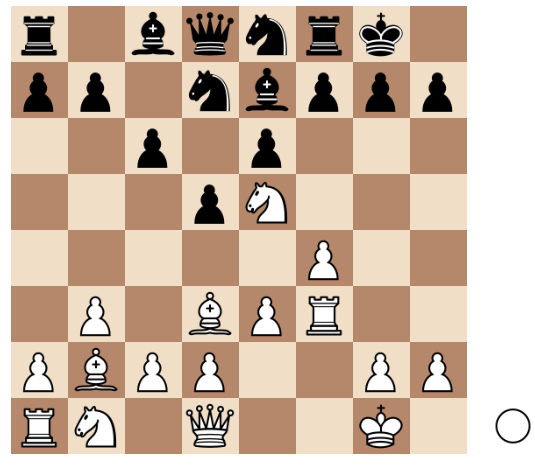
Burgess gives the solution as follows “Yes, 11. ♗xh7+! wins rather easily. After 11….♚xh7 12. ♖h3+ ♚g8 13. ♕h5 Black has no good defence against the threat of mate on h8.” But Burgess does not explain what happens after 11….♚h8, ignoring the bishop on h7. White is still better, but it is not checkmate. I explored this particular position in my March 2, 2020 article for SparkChess titled “You can be the hero.
At the end of the book are seven tests, with answers given after the tests. Various points, from 1 (easy) to 5 (difficult), are assigned to each answer depending on the difficulty of the problem. I was not pleased that one of my answers was not listed, so I could not give myself 3 points on the self-scoring rubric. Here is the position, from Test 3 “More Trapped Pieces.”
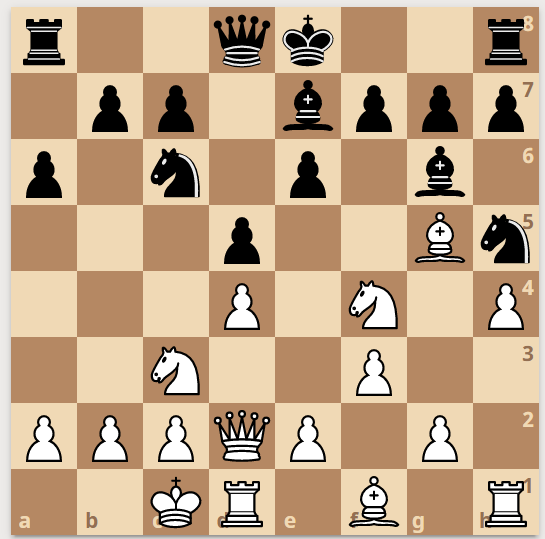
Apparently, this position is after 9 moves of an opening, though Burgess does not tell which opening. I chose 10. ♘xh5, which is not listed as correct. Yet it works just as well as the given move 10. ♗xe7 ♛xe7 11. ♘xh5 ♝xh5 12. g4 ♝g6 13. h5, trapping the bishop. With my move order, 10. ♘xh5 ♝xh5 (10….♝xg5 11. hxg5 and I still win a piece) 11. ♗xe7 ♛xe7 and I transpose into the given line.
As you can see from the three chess positions I have provided in this article, the tactics problems are not for beginners. So if the chess “kid” in your life is rated under 1200, this book would likely be too frustrating. As a current chess expert, and a former master, I definitely got some problems wrong. Yet others, like two “White to Move” problems given above, I felt I got right but was told by the answer key that I was wrong. Thus, in my opinion, Burgess’s “Solutions” sections need to be improved.
Burgess’s book could also be improved by indicating which openings generated which positions in the text, perhaps by including a brief note within each solution (such as “arises from the King’s Gambit”). For the “Stop Press!” problems, which Burgess stated are from recent games, he should give locating information for each game (such as players’ names, location, date).
If you want a challenging collection of tactics problems where queens are present, CHESS OPENINGS WORKBOOK FOR KIDS is a choice worth considering.

